Dell’s push back into mobile leaked
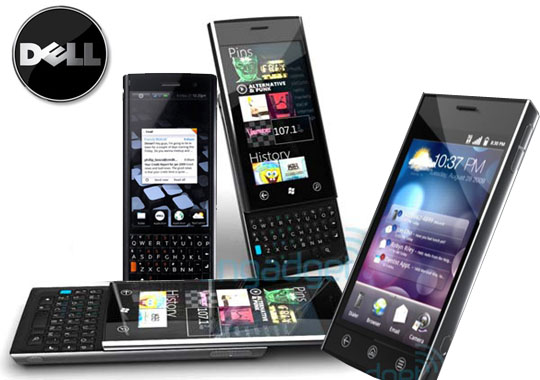 Dell was a pretty major player back in the days before PDAs and mobile phones were mashed together to become smart phones. A device with a 3.7″ VGA screen and a 624Mhz processor sounds like pretty decent specs. Well, Dell released the Axim x50v back in 2004. The next year, they release the x51v, which was the last of their Windows Mobile devices. Although they didn’t have phone capabilities, they were certainly very powerful devices back in the day, and even now holder their own against some mid range smart phones (minus the phone part of course).
Dell was a pretty major player back in the days before PDAs and mobile phones were mashed together to become smart phones. A device with a 3.7″ VGA screen and a 624Mhz processor sounds like pretty decent specs. Well, Dell released the Axim x50v back in 2004. The next year, they release the x51v, which was the last of their Windows Mobile devices. Although they didn’t have phone capabilities, they were certainly very powerful devices back in the day, and even now holder their own against some mid range smart phones (minus the phone part of course).
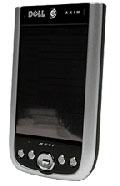 It now looks like Dell wants to make a major push back into the mobile space, with a series of new devices. They had already announced the series of Dell Streak devices, running Android on big screens (5-10 inches), but yesterday Engadget posted some leaked information on a number of devices with more traditional sized screens. This includes a couple of Android phones, as well as a Windows Phone 7 device with a portrait sliding keyboard.
It now looks like Dell wants to make a major push back into the mobile space, with a series of new devices. They had already announced the series of Dell Streak devices, running Android on big screens (5-10 inches), but yesterday Engadget posted some leaked information on a number of devices with more traditional sized screens. This includes a couple of Android phones, as well as a Windows Phone 7 device with a portrait sliding keyboard.
Anyone who has seen the old Axim line would immediately recognize the signature chromed siding…
Before looking at the individual devices, I do want to point out that although none of the leaked specs make mention of flashes for the cameras, the rendered artwork for all three phones do APPEAR to include a flash.
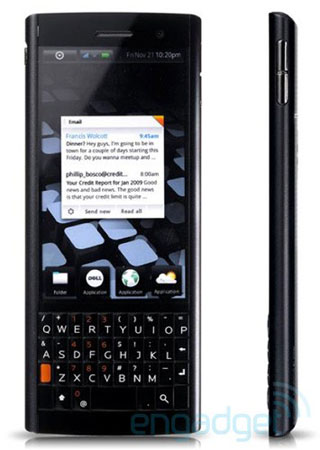 Without further ado… first up is the Dell Smoke, which is a candybar form factor running Android, and a QWERTY keyboard at the bottom, in much the same fashion as a Palm Pixi or most Blackberry devices. It’s packing a Qualcomm MSM7230 processor at 800MHz, a 5 megapixel autofocus cam, HSPA, microSD slot, WiFi, Bluetooth 2.1 + EDR, and dual-mic noise canceling tech in a 12mm package. This one isn’t expected to ship until 2011, and I’m not sure how a QVGA screen will go over by the time next year rolls around, but it’s certainly a compact form factor.
Without further ado… first up is the Dell Smoke, which is a candybar form factor running Android, and a QWERTY keyboard at the bottom, in much the same fashion as a Palm Pixi or most Blackberry devices. It’s packing a Qualcomm MSM7230 processor at 800MHz, a 5 megapixel autofocus cam, HSPA, microSD slot, WiFi, Bluetooth 2.1 + EDR, and dual-mic noise canceling tech in a 12mm package. This one isn’t expected to ship until 2011, and I’m not sure how a QVGA screen will go over by the time next year rolls around, but it’s certainly a compact form factor.
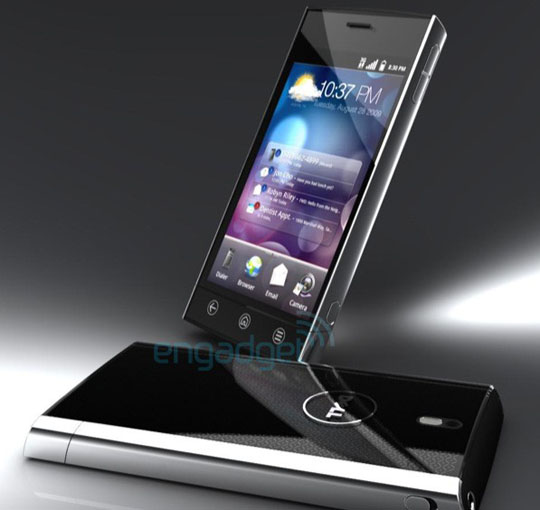 The Dell Thunder is a WVGA OLED 4.1″ Android candybar, with no physical keyboard (but loaded with the Swype keyboard). Inside is the now-standard high end Snapdragon processor and a rumoured 8 megapixel camera. Dell will also be adding its own custom skin on top of the Android interface, called “Stage”. This will also feature social network integration with the majors (ie: Facebook and Twitter). Without seeing it in motion, I do have to say it looks a LOT like HTC’s Sense UI. An HSPA version of the phone will be launched by the end of the year, while a version supporting the 4G LTE standard will come out in 2011.
The Dell Thunder is a WVGA OLED 4.1″ Android candybar, with no physical keyboard (but loaded with the Swype keyboard). Inside is the now-standard high end Snapdragon processor and a rumoured 8 megapixel camera. Dell will also be adding its own custom skin on top of the Android interface, called “Stage”. This will also feature social network integration with the majors (ie: Facebook and Twitter). Without seeing it in motion, I do have to say it looks a LOT like HTC’s Sense UI. An HSPA version of the phone will be launched by the end of the year, while a version supporting the 4G LTE standard will come out in 2011.
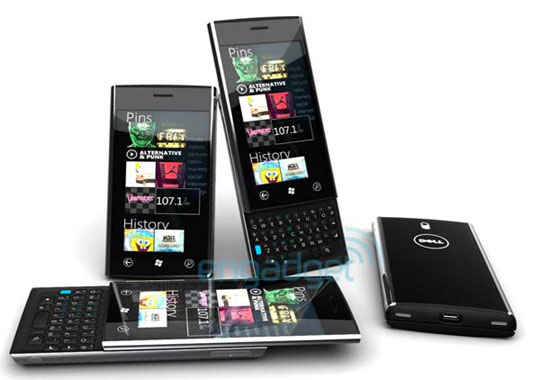 Finally we have the Dell Lightning, which unlike the Smoke and Thunder, will be running Windows Phone 7. Many of the hardware specs are identical to the Thunder, ie: 1 GHz Snapdragon under a 4.1″ WVGA OLED screen. It will also pack every imaginable sensor (accelerometer, compass, FM radio) as required by Windows Phone 7. What makes this interesting is that it’ll be using a portrait sliding QWERTY keyboard, in the same vein as the Palm Pre. From the renders, it appears that the sliding screen part is very thin (at least partially due to the OLED which keeps things thinner than LCD). This means that it shouldn’t be too top heavy, even with such an elongated screen. In fact, out of the few WP7 devices announced so far, the Lightning looks to be one of the most interesting.
Finally we have the Dell Lightning, which unlike the Smoke and Thunder, will be running Windows Phone 7. Many of the hardware specs are identical to the Thunder, ie: 1 GHz Snapdragon under a 4.1″ WVGA OLED screen. It will also pack every imaginable sensor (accelerometer, compass, FM radio) as required by Windows Phone 7. What makes this interesting is that it’ll be using a portrait sliding QWERTY keyboard, in the same vein as the Palm Pre. From the renders, it appears that the sliding screen part is very thin (at least partially due to the OLED which keeps things thinner than LCD). This means that it shouldn’t be too top heavy, even with such an elongated screen. In fact, out of the few WP7 devices announced so far, the Lightning looks to be one of the most interesting.
After looking at the leaked documents, Dell has come up with an interesting strategy, and appears to be going the HTC / Sony route of getting into as many markets as possible. Dell has very strong distribution relationships in the US, where they remain the #2 PC maker, and it will be interesting to see how they fare outside the border, where they’ve traditionally not had as much success as their main rival, HP. Of course, it’s not HP they have to worry about in the mobile phone market, any number of manufacturers.
As a side note, I really hope that someone at Palm is looking at the renders of the Lightning. Even though it’s not even out yet, THIS is how you make a hi resolution portrait slider.

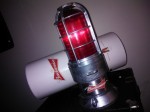

[…] This could be a good move for the computer manufacturer, as Dell, their chief rival in the US has recently shown a strong line up of mobility hardware running both Android and Windows Phone 7. By purchasing […]